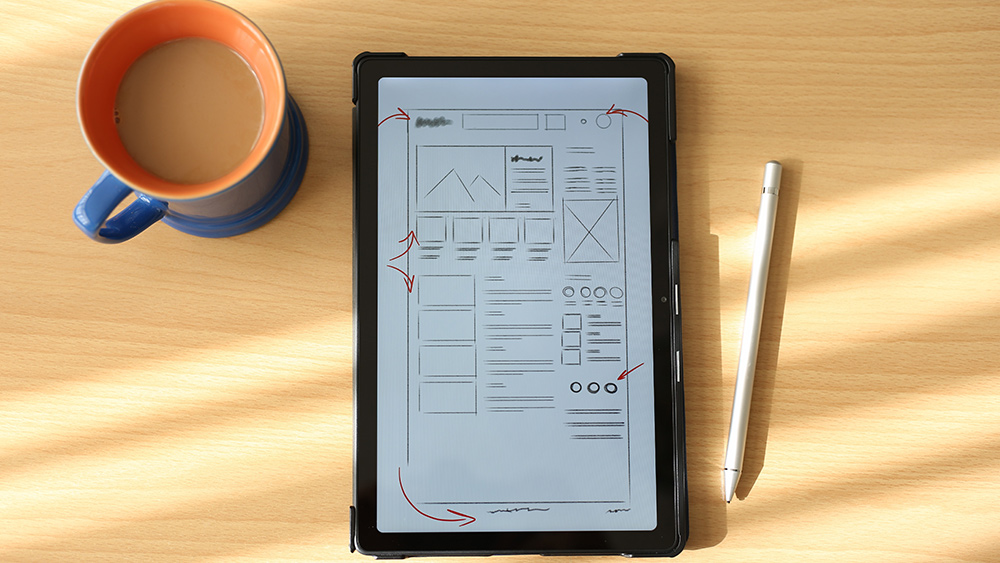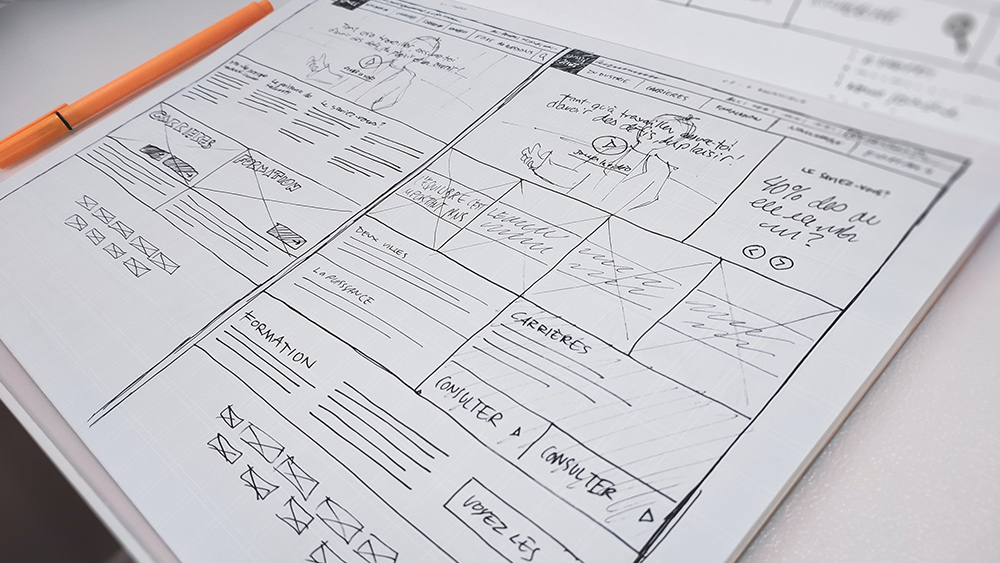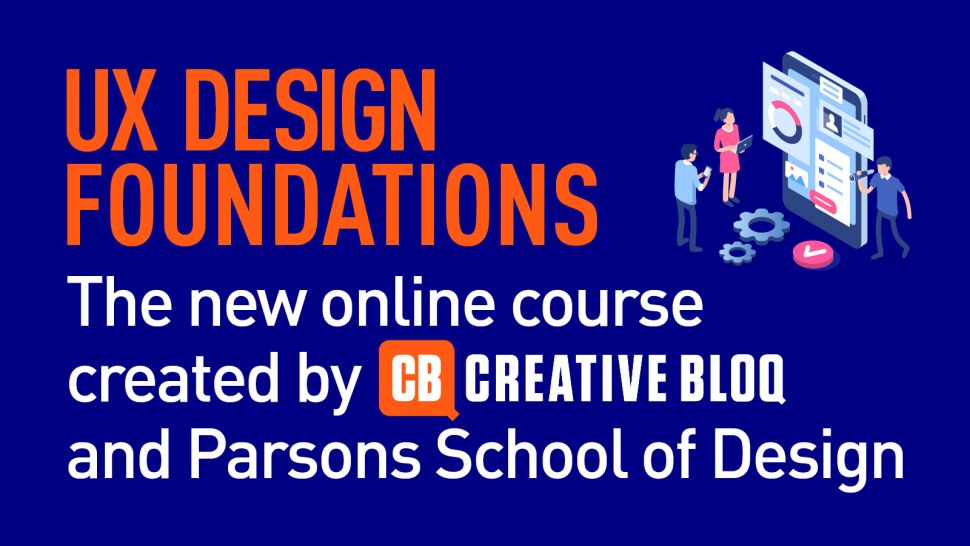
UX resources have improved massively over the years, and now there's no shortage of excellent sources of learning for new UX designers. In the old days, UX designers had perhaps a few core books to turn to and not much else other than pen, paper and their own ideas. Today it's a very different story. There's not only a wealth of literature on UX, but also a host of courses and tons of specialist tools.
Some of the first UX resources to enter designers' toolkits were Axure and Balsamiq, for designing user flows. These are still around, but they've been joined by the likes of Adobe XD and Figma. New digital UX resources save designers time, but it's also good to remember the old way of doing things.
Trine Falbe, ethical design and UX specialist at Falbe Consultancy, is one of the contributors to our UX Design Foundations course, a comprehensive remote introduction to all things UX that we've compiled with Parsons School of Design. Here she gives us some tips on the best UX resources for new UX designers.
See her website to learn more about Falbe Consultancy. And for more insights into user experience design, see our guide to UX and UI trends for 2022 and our expert tips for UX design.
01. Literature and courses

Gone are the days when there were only a handful of core books on user experience. Even if the protocols behind UX remain largely the same, there's now a huge range of literature, and UX design's been made more accessible thanks to courses.
"First of all, learn the protocols," Falbe suggests. "Think aloud, 10 usability heuristics, heuristic evaluation, cognitive walkthrough and basic interview and observation techniques. Without this foundation, you can be a Figma wizard and still get it all wrong."
A great place to start is on our own remote UX Design Foundations course, which covers essential aspects of UX design. You can find out more on the course website and from the course brochure.
02. Wireframing tools

We can divide UX tools into two main piles: tools for user flows and tools for testing. For the former, Falbe suggests learning a lo-fi wireframing tool, such as Adobe XD, Balsamiq or Axure. On top of that, she recommends learning Figma for high fidelity design, if you plan to work in UI design.
"Just use the right tool for the job," she says. "As an example: don’t use Figma for wireframing, because you’ll probably end up doing too much visual design." See our guide to the best UI Design tools for details on all of these tools and more.
As for testing, usertesting.com was one of the first, but that was still based on the think-aloud protocol invented in the 90s and still the protocol used for user testing today.
03. Social media and newsletters
As in almost any discipline and area of interest you can imagine, social media has become a huge source of information, advice and inspiration in UX design. UX designers and agencies often share insights into their work, advice and general observations on the world of UX design that can be very useful for anyone new to the field.
Falbe recommends following a bunch of good UX designers on Twitter and Linkedin, which she notes is a great network for UX designers. She also suggests signing up for newsletters such as Smashing Magazine, UX Collective and Toptal. "Generally read a lot," she suggests. "There' s no shortage of resources these days, so it’s more a matter of filtering the information than finding it."
04. Pen and paper

Last but by no means least, while UX designers today are somewhat spoiled for resources compared with in the past, it can be very useful to also go back to the basics. Pen and paper are still two of the most important resources a UX designer can have.
"UX designers are greatly helped by the digital tools available today, because they save us time," Falbe says, "but I’m personally still a very big fan of pen and paper for early wireframes and user flows. It’s fast and cheap and encourages iteration, where sometimes I can get stuck in digital tools that take too much time to do quick scribbles in."

Want to learn more about UX testing? Don't miss our UX design foundations course.
Read more:
- 5 common UX mistakes, and how to avoid them
- The UX resources you should be using
- 10 painful UI fails

Thank you for reading 5 articles this month* Join now for unlimited access
Enjoy your first month for just £1 / $1 / €1
*Read 5 free articles per month without a subscription

Join now for unlimited access
Try first month for just £1 / $1 / €1
Get the Creative Bloq Newsletter
Daily design news, reviews, how-tos and more, as picked by the editors.

Joe is a regular freelance journalist and editor at Creative Bloq. He writes news, features and buying guides and keeps track of the best equipment and software for creatives, from video editing programs to monitors and accessories. A veteran news writer and photographer, he now works as a project manager at the London and Buenos Aires-based design, production and branding agency Hermana Creatives. There he manages a team of designers, photographers and video editors who specialise in producing visual content and design assets for the hospitality sector. He also dances Argentine tango.
